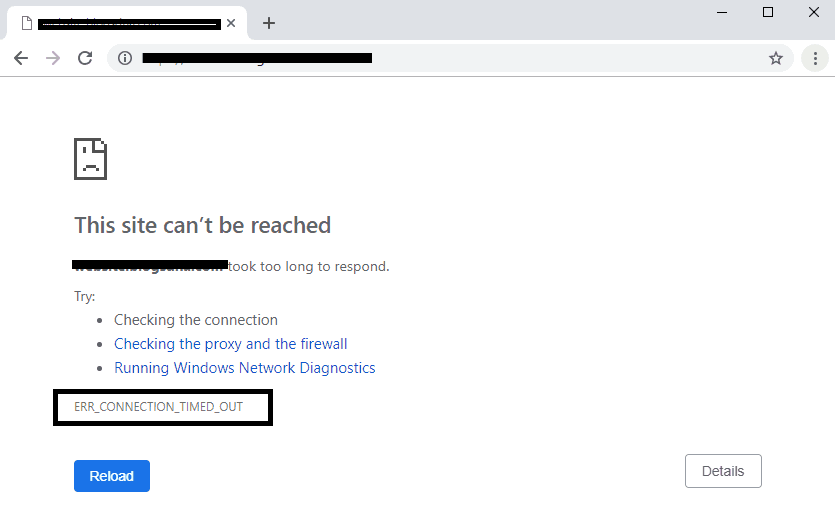Although Error Code 0xc0000005 is a common occurrence, users should not panic. It’s not as frightening as it seems; it happens all the time and you can put no blame on anyone or anything. This problem has been reported on a wide range of platforms, but there are a lot of ways to repair it yourself.
The positive thing about this error popping up is that it offers you an opportunity to fix certain faulty folders that were existing in your system before this error occurred. So relax and take a deep breath; we’re going to get this done.
This issue can be caused by a variety of things, the most common of which is that your computer is unable to correctly read or process certain web-based or desktop files. Other factors, such as a lack of RAM, corrupt data, or unexpected system behaviour, may also contribute to this message.

This type of error can’t be prevented because your system’s hardware and software conditions and the files you use can’t be constantly monitored, but the errors can be corrected using the methods we’ll show you.
Read Also:
Windows 10 Error Code 0xc0000005
In order to protect your computer from malware and viruses, the manufacturer provides a mechanism known as DEP, which prevents malware and viruses from accessing memory areas that are reserved for approved programmes.
In the vast majority of cases, this feature is the root of the problem. There could be a possibility that this feature incorrectly identified suspicious activity and attempted to tamper with the activity programme files. Disabling this functionality is all that is needed to accomplish this goal.
1. The DEP
The DEP can cause other problems if it is completely disabled, but fortunately, Windows offers the option to exempt a single file from DEP.
Step 1: The first step is to open the Control Panel by clicking on the Start button.
Step 2: Locate system and click on it once to activate it. The advanced system settings are located on the left side of the system tab when it opens.
Step 3: Open the Advanced tab on the System Properties tab by clicking on it. The setting may be found directly underneath the performance area; simply click on it.
Step 4: When you’re done with visual effects, you’ll see Data Execution Prevention in the next tab below (Dep). Click Turn on DEP for all programmes and services except those I specify in to complete the process.
Step 5: To add a new file, click the “Add” button located just below the blank section. This file is most likely to be located on the drive C of your computer.
Afterwards, click on the Apply button. When you go to step, you’ll have an option to turn off DEP fully.
2. Refurbishing Windows
We’re going to demolish our entire house to fix a minor issue, despite the fact that it’s not a good idea. Refurbishing Windows is what we’re going to do in order to get your system back up and running in a cost-effective manner.
When a simple upgrade isn’t enough, this refurbishment is the answer. Restore your Windows by following the steps outlined here.
Step 1: First, locate and right-click on the This PC logo.
Step 2: Properties can be found at the bottom of the drop-down menu; select it.
Step 3: This will bring up the Control Panel, where you can find the Advanced System Settings section on the left side of the screen.
Step 4: A new window will pop up with system protection options. Click on the System Restore link to access the System Restore window. As soon as the system has been restored, you’ll be given a list of instructions to follow.
Using this strategy, you may be able to fix your problem immediately.
3. Erasing Bad Memory
As previously noted, the problem could be caused by faulty RAM memory or a faulty RAM stick. Make sure the system is totally shut down with all cables and modules disconnected if you know how to attach and detach RAM.
You may be able to solve your problem by uninstalling the new RAM that you recently installed on your computer. to take away;
Step 1: First, shut down your computer and remove all of its wires and components. Remove the new RAM and wait for a while before restarting.
Step 2: Restart your computer and verify that the patch was successful by plugging in the modules and wires one more time and waiting a little time.
4. Register Setup or Repair
Installing a programme or application creates a new subkey in the registry, which stores information on the software and hardware configurations of the system. The registry gets corrupted due to either direct or indirect change or excessive downloading, resulting in the programme error 0xc0000005.
Fixing registry files is a time-consuming task, but it is possible if you are precise and follow the appropriate methods. Changing registry values may be tricky, and even a small mistake can cause major problems.
To avoid this, you should make a backup of your current registry files, which will come in helpful if you run into problems after making the change. If you want to make a copy of your registry, follow these instructions.
Step 1: Start by pressing Windows + R on your keyboard.
Step 2: Input regedit into the text box and press enter; if a prompt occurs, click proceed. Next, select Export from the File menu. To save your registry, provide a name like Backup Registry in the File name box.
Step 3: Choose where to save the Registration Entries in Step 3. Click the Save button. You can use the below procedures to make changes to registry files.
Many Windows users have found Ccleaner to be a useful tool in dealing with these kinds of issues. Ccleaner checks for garbage files and cleans them on its own without the user updating or adding any new registry subkeys.
Step 1: Get Ccleaner and set it up on your computer.
Step 2: When you open the application, you’ll see a registry option on the left side of the application’s interface; click on it. Afterwards, select the option to scan for problems.
Step 3: This will take some time, but it will reveal all of the registry issues that you may be dealing with. Click on fix selected issues to take care of these problems.
Read Also:
Conclusion
We hope that the procedures outlined above will help you, too, to fix this bothersome issue. It is important that you do not skip any stages while attempting to resolve the mistake.
Instead, follow through the procedures until you reach the final step of repairing the registry, and use extreme caution when working with the registry because any incorrect value might negatively impact system performance.





Leave a Reply